10% off your next stay!
Join the Saintlo adventure and enjoy 10% off your next stay in Montreal and Ottawa.
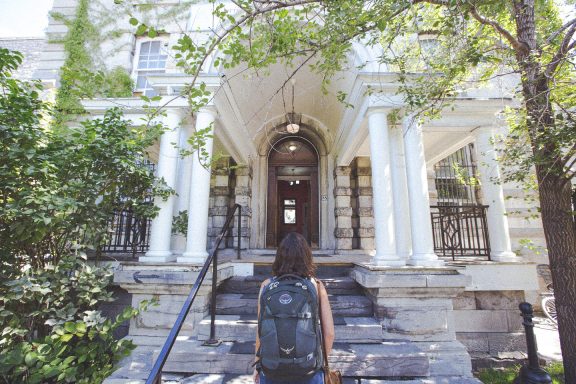
In this article:
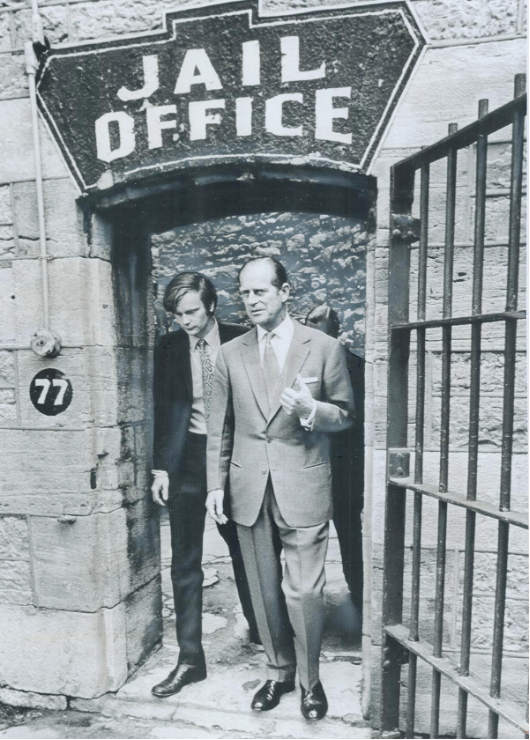
It’s not just a name! The Ottawa Jail Hostel served as a prison for over a 100 years.
From 1862 to 1972, it was called the Carleton County Gaol and imprisoned some of the city’s most notorious offenders.
This year, the Saintlo Ottawa Jail celebrates its 50th anniversary.
And for the record, it was officially opened as a youth hostel in 1973 by England’s Prince Philip, during the Royal Visit in Ontario.
Some notorious events happened at the former jail. An escape took place in the 1950s, when a prisoner stole a file from a visitor, filed his cell bars and escaped through a window using a rope he’d made himself.
And it was at the jail, before a crowd of over 5,000 people, that Patrick Whelan was hanged in 1869 for the assassination of Thomas D’Arcy McGee, one of Canada’s “Fathers of confederation”.
The event was the first political assassination in the brand new country, and the last public hanging.
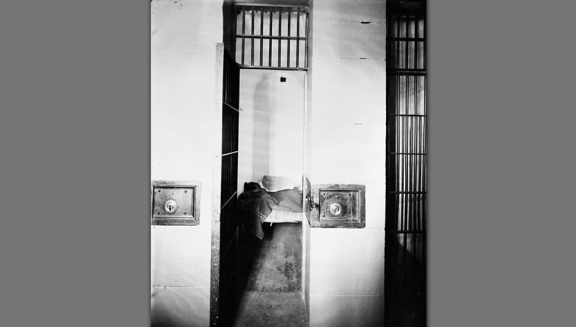
The Carleton County Gaol was built to be imposing, massive, and impressive.
Back then, a new emphasis was placed on the rehabilitation of prisoners and the safe housing of the accused.
Men and women, young and old, accused and convicted, were all ideally kept apart.
However, prison conditions were appalling and hardly exemplary.
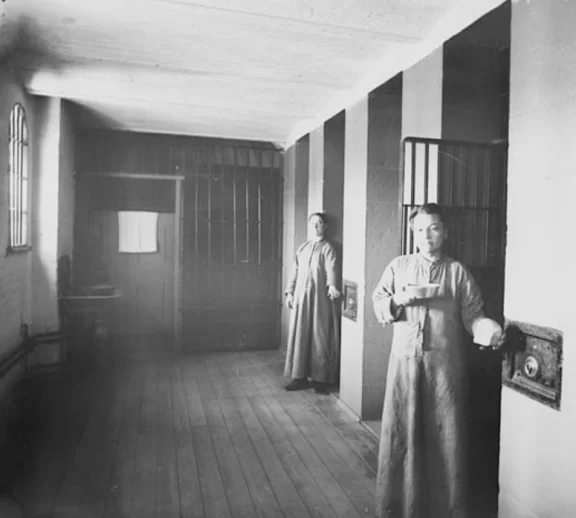
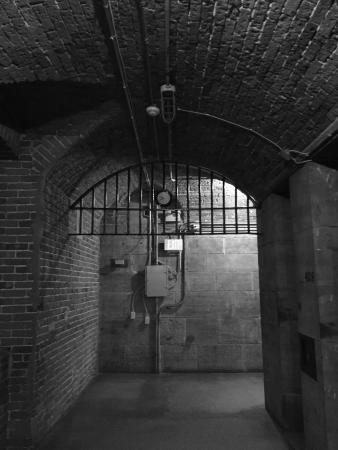
Far from the comfort that the hostel provides today, there used to be one shower for 150 prisoners.
Rooms had no lights, heating, ventilation or toilets.
It was also one of the very last prisons in Canada with execution scaffolds and Victorian overstones. Straight out of a Dickens book.
Underneath the hostel, there is a tunnel which once ran to the police station and the court house.
The prison was finally closed in 1972, and its occupants transferred to the new Ottawa-Carleton Regional Detention Centre in Ottawa’s east end. Notwithstanding its being considered unsuitable for prisoners, the goal topped a list of potential sites for a new year-round hostel in Ottawa. It was believed that with some imagination and renovation, it could be turned into a friendly and welcoming youth hostel.
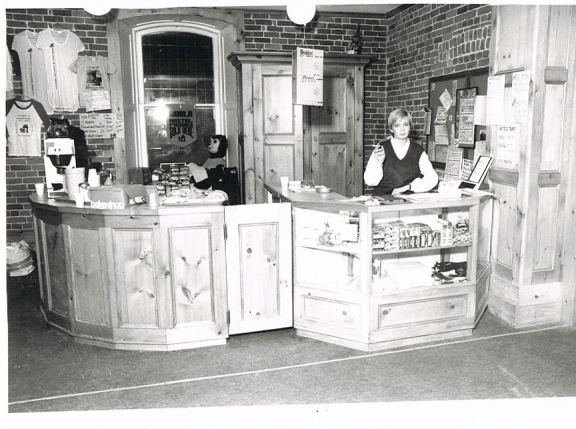
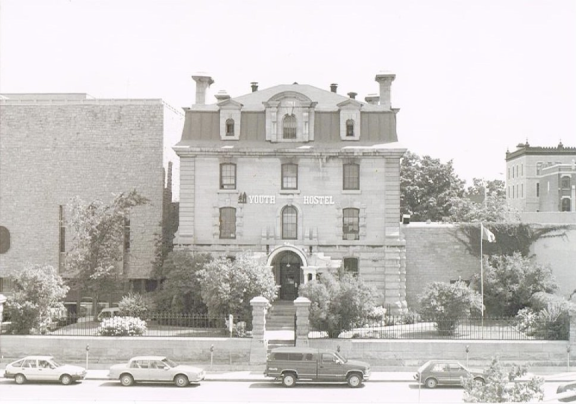
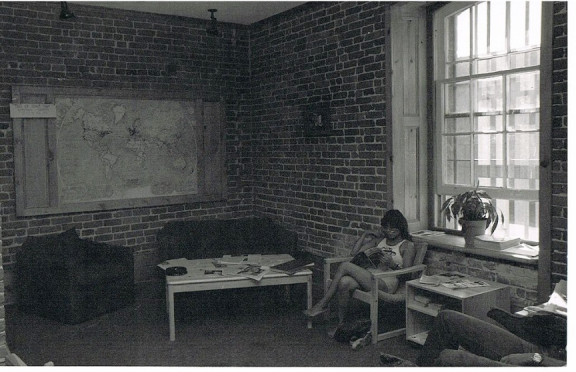
In 1978 the Carleton County Gaol was designated a Heritage Building under the Ontario Heritage Act for its historical, architectural and contextual value. Many of the original features of the jail have been preserved, including the bars on the windows, the heavy metal doors, and the guard towers.

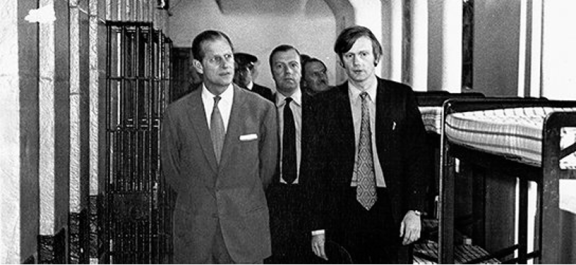
7. The hostel renovations barely finished in time for a royal visit
The hostel opened to travellers August 2, 1973 – marked by a visit from Prince Philip, the Duke of Edinburgh. The transformation of the building from cold and dreary gaol to bright and welcoming hostel had begun, and was only completed hours before the hostel’s official opening.
The former jail is located in the heart of downtown Ottawa, just a short walk from many of the city’s attractions, including Parliament Hill, the National Gallery of Canada and Rideay Canal.
Located in the ByWard Market area, it’s also close to nightlife and restaurants.

Now designated as a heritage building, the Ottawa Jail hostel has an important historical and architectural value for the city and the province. The hostel offers visitors a chance to stay in former prison cells, private or shared, in modern and stylish comfort. The property sleeps up to 160 people. Free breakfast, free linens and towels, and a free tour of the jail are all provided to each guest.



The free tour of the jail provides information about the jail’s history, including stories about some of the notorious inmates who were held there.
The story of the jail and Its inmates is told throughout the property.
Just book your room in a real cell block. Although the place is a lot cozier, the most distinctive elements haven’t been touched, like the stone walls and iron doors in cells that are over 100 years old.
Every morning, they serve up free breakfast. The hostel organizes different activities, including a prison tour.
